I found this gorgeous owl fruit carving I wanted to share with you today. I apologize that there are no instructions attached, but I think it will inspire you just the same. The common barn owl is my favorite (one of nature’s most beautiful creatures, IMO), and I was just thrilled when I saw this magnificent piece. I bet there are some reading who could handle a project like this quite easily. I’m not so sure about myself, but I find it a pleasure to look at.
Month: September 2014
Inexpensive Home Water Distillation
I tested out a few inexpensive methods of water distillation, so I thought I would post some info about it. Why distill? This link describes several benefits:
Some people may find it more convenient to purchase distilled water, but others may not have easy access to it. I have some friends in rural Upstate New York who could probably benefit from home distillation. You can always use steam distillation to create your own essential oils, as well.
Here are a few options I found:
1) Make a Solar Powered Still (see steps 4-6). This was an OK method, and it’s obviously great for saving energy. But, I found it to be a bit long before you have your final result. You also need to have full sun — not a problem in Tucson, AZ a lot of the time, but may be a problem elsewhere. Make sure your smaller bowl is heavy enough so that it doesn’t float when you add your water. 
2) Make a Still from Wine Bottles. This is not my fave for water distillation. I think it is better suited for alcohol distillation (which unfortunately 😦 is not possible in the United States) because of the temperatures needed to vaporize the water. The liquid is put into one of the bottles, then immersed into a pot of boiling water (with a condenser hose between the bottles). If you use a metal condenser hose, you may want to wrap it with pipe insulation. *Sidenote: That’s a cork bulletin board I made for a school project in the background. Easy DIY, just hotglue corks into an empty picture frame.*

3) Cheap Easy Still. This was my fave method out of the three I tried. It was extremely simple and kind of a fun experiment. They give instructions to use a drinking glass to collect the distillate, but I think a canning jar might be safer. Another tip from a similar set of directions suggested placing a small magnet in the bottom of the glass if you use a metal pot. This will keep the glass from sliding around (you’ll understand once you read the link). Also note that you can set your stove heat setting higher, as the original instructions are for wine.
4) Stove Top Still. I haven’t tried this method, but it doesn’t look that difficult. I think it might be one of the better ways to achieve water distillation in your home. You do have to keep the stove on for a couple of hours, but as I said…some people may have limited options in which to obtain purified water.
Chemistry has always been my favorite science, so I really enjoyed testing these out. Kids who are old enough to be around heat sources (supervised, of course) might enjoy the ice method, but younger ones can always learn a bit of science with the solar experiment.
Grow Your Own Pineapple Plant
How To Grow Pineapples? Growing Pineapples Is Ridiculously Easy.
As it’s getting to be cooler weather now for some of you, I thought I would share this link about growing your own pineapple plant before it’s too late. You can grow one indoors, though, if it’s very cool where you live. Actual fruiting pineapple can take a bit of time, but even the plants without the fruit are still a nifty, thrifty idea.
You only need the top of the pineapple to grow your plant, so there are so many things you can do with the actual fruit (besides just eating it raw, which is obviously one of the easiest and most pleasurable things to do). You can make pineapple shrub, pineapple gazpacho, dehydrate it for a sweet snack, jam, syrup, glaze, upside-down cake, cocktails, salsa, pie, grilled “steaks,” salads, sandwiches, so much more…I’m getting hungry! I posted a pic of a pineapple wine I made a few weeks ago. Not exactly like tepache, but sort of…this was made from pineapple and coconut (with a higher alcohol content and honey & agave). My mom has been making homemade wines for years and got me started. I was a little hesitant at first after seeing an episode of Keeping Up Appearances — Hyacinth gets a little too tipsy from “the Dowager Lady Ursula’s Homemade Gooseberry Wine.” But, I soon got over my nervousness and went for it.
Even if you do not have a green thumb, I think most could manage this type of plant project. I think it’s also a great idea to be able to show little ones “how things grow.” If you’re a grade school teacher, it might be an interesting year-long classroom experiment. Check it out and see what you think!
DIY Yoga Mat Bag
In my post about that totally adorable DIY Scarf Kaftan, I mentioned I would try to post pics of my up-cycled yoga mat bag. I don’t have step by step instructions because I made this a few years ago, but I think you can get the gist from the pics. As I also said in that post, I am not a machine sewer. So, this project is easy for beginners and only takes a needle and thread. I’m sure you could also find a way to use the iron-on fabric tape or glue if you get crafty enough.
So, without explicit instructions, here’s how I made it:
1) The Body: This was a pair of camouflage pants I found at a thrift store for $5. I cut one leg and used it for the main body of the bag. I measured the pant leg against the length of the rolled up yoga mat and then cut it, adding a few extra inches of material for the top of the bag. When rolled up, my mat is 24 inches lengthwise, so I may have measured 27 or so inches of material. There are probably a number of ways you can create a bag closure, but I chose to use a drawstring. I recycled one from a storage bag I had. You could use just string or ribbon, though (and a matching color might be cute). I sewed the drawstring around the top of the pant leg using the extra inches of material I left.
2) The strap: This pair of pants was a double blessing because it came with a matching braided belt. If you don’t have a belt, you can always use the material from the 2nd pant leg, ribbon, or any other material you fancy. I sewed one end of the belt to the inside of the top of the bag, and the other to the inside of the bottom. I held it up to myself to make sure it had a proper cross-body fit.
3) The bottom: The great thing about a lot of camo pants is that they have big poofy pockets (great for this project, anyway). As you can see in the pic, there’s one on the body of the bag. You can use just the flat pants material for the bottom, but I chose a pocket from the other pants leg. I liked the idea of pockets for this bag because you can store your keys, wallet, etc., without having to lug a purse to class with you.
So, that’s it. Easy as 1-2-3! I cannot remember how I even thought to make this bag, but I really enjoy it so much. Maybe one day I will learn a bit of machine sewing and make one slightly more professional, but this works for now! You can get creative with any thrift store pair of pants, or you can save even more by up-cycling ones you already have.
The Many Uses of Food Powders
Adding to my other posts about preserving our foods, I thought the many uses of dehydrated and powered foods might be interesting. As you can see from my pics, I dehydrated red beets, sweet potatoes, and chard, then ground them into powders. I dehydrated golden beets around the same time, but after tasting one…well, they got eaten! Many people are allergic to artificial dyes and colors, so this is a great way to get the food coloring you want and save some cash. I’ve pictured veggies, but fruits (like cherries, black and blue berries, etc.) or herbs are also wonderful.
Colored pasta is the first thing that comes to mind for me (it’s ALWAYS pasta for me!), but there are a plethora of other uses. You can use your powders to enhance color and flavors for broths (you can thicken them a bit with sweet potato, as well), cream, sauces, bread doughs, cakes, truffles, and frosting. You can make powdered drink mixes, use them for garnishes, and they are great for craft projects. Mix them with a little water and use them as an alternative to water colors for little ones. Naturally-dyed Easter egg shells are fun, or you can make marbled eggs like Chinese tea eggs (see my pic. *As a side: In case you’re interested, I made those from an adaptation of this recipe: Chinese Tea Eggs.*). Teas and coffee are fab in that they are already dried. They can be used for food dyes, but also try them for natural and inexpensive wood stains (fruits and veggies, too).
I used a blender for my veggies this time, but you can also use a spice mill. I store my powders in recycled containers with a desiccant to keep out the moisture. There are probably a ton of other options, but those are just a few I’ve thought of for now. I will post more ideas as they come to me.
What is Stigma?
A few weeks back, I posted some information on mental illness stigma, and said I would continue to write on the topic as I found time. As I researched information for this post, I thought I should give a definition for ‘stigma’ (even if most people are aware of it):
http://www.mentalhealth.wa.gov.au/mental_illness_and_health/mh_stigma.aspx
Three out of four people with a mental illness report that they have experienced stigma. Stigma is a mark of disgrace that sets a person apart. When a person is labelled by their illness they are seen as part of a stereotyped group. Negative attitudes create prejudice which leads to negative actions and discrimination.”
This definition, I think, gives a good understanding of stigma in general and specifically the stigma associated with mental illness. The rest of the article this quote was taken from also gives a more in-depth look into the subject. Much of the information I gathered after my previous post I found a little saddening, though enlightening. I found many, many articles on depression, and even suicide, but not as many including other illnesses. Perhaps that has to do with what some articles I read stated: many people can relate to feelings of sadness and depression, but many may not relate to symptoms associated with other mental illnesses. Perhaps not, I do not know for sure.
I stopped watching television a few years back, but several weeks ago I happened to catch a minute of what my mom had her TV tuned in to. It was a horrible, stereotypical episode of a popular show from the 70’s (that I’ve seen many times) depicting mental illness as something to laugh about and ridicule. Now, as awful as that was, I was not that shocked given the decade the show was produced. But, as we have come so far in knowledge and understanding of medical and mental health conditions, that is why I was shocked when I continued to see programs produced like this within the past few years.
“Inaccurate portrayals of mental illness in the media are going to happen. After all, the goal is to entertain people, not teach them.
However, the media affects public perception. It is important for us to distinguish between media sensationalism and mundane reality.
The mundane reality is that mentally ill people are not unusually violent, broken, gifted, or entertaining. Getting sick is something that happens to everyone, and since our bodies and minds are linked and not separate, mental illness is no more sensational than physical sickness.
So if you or a friend is experiencing mental illness, avoid looking to media representations to educate yourself.” (http://everydayfeminism.com/2012/12/mental-illness-stigma/)
As this article points out, we should not look to media interpretations of mental illness to form our opinions. They are not in business to care about or educate people. They are in business to make a profit and entertain. Unfortunately, as the article also states, many people do indeed take their ideas from different forms of media (whether consciously or subconsciously). So, we need to be aware of that.
Stigma is not limited to media outlets, though. Many mental health professionals hold the same ideologies and opinions. I remember sitting on a jury and the ‘expert’ psychiatrist witness gave testimony about someone being “crazy as a loon” (to which, the courtroom broke out in laughter). So, we may have a long way to go even in that realm. It may be difficult for some people to overcome stereotypes they have held for a long time, so I like what I read in this particular article about educating children at an early age on mental health: http://www.sbs.com.au/news/article/2014/09/01/mental-health-lessons-cuts-illness-stigma. It makes a lot of sense to me.
And, more is being done on other fronts, such as mental illness stigma in the military, appropriate language, and young adult education:
“Free Teleconference on Military Stigma
The ADS Center of the Substance Abuse and Mental Health Services Administration (SAMHSA) will hold a teleconference on “Mental Health for Military Families” on Tuesday, August 3, at 3 p.m. ET.
Military mental health was a major topic at NAMI’s recent national convention.
In an opening speech, U.S. Representative Patrick Kennedy declared, “Every day in America, our military veterans are being held behind enemy lines.”…
“We’re only going to see great progress when the civilian community starts paying attention,” said Tom Tarantino, legislative associate for Iraq and Afghanistan Veterans of America (IAVA).
—
Language: Let’s Keep Talking
There has been a great response to the last alert’s notice about SAMHSA’s dialogue on words used — or avoided — in the mental health community. Some may be stigmatizing. Other terms may lack clear definition…
NAMI soon will launch its own language listserv to promote broader interactive discussion. Watch for more information in the months ahead.
—
Americorps Superheroes Stomp Stigma
StigmaBusters Mary Flanagan and Liz Reich, Americorps volunteers who work in a peer support center in Oregon, have produced a mini-documentary that portrays StigmaBusters as superheroes.
It’s now posted on YouTube and is serious, yet quirky and funny. The film also features clients of the center reaching out especially to “tweens and teens,” a key target audience for public education.
They have received local media coverage and honors.
NAMI suspects they’ll eventually make even greater contributions to our movement…” (NAMI StigmaBusters Archive)
To conclude this rather long post, I wanted to share a link of a great organization I received yoga training from. Street Yoga offers “hands-on practice in teaching yoga & mindfulness to youth and families struggling with homelessness, poverty, abuse, addiction, trauma, and neurological & psychiatric issues.” They are doing awesome work, so please check them out.
I didn’t have time to include everything I’ve researched, so here is a list of several other articles you may find helpful or interesting on this topic:
http://sunpatriot.com/2014/09/05/nami-an-excellent-resource-for-information-on-mental-illness/
http://news.sky.com/story/1319070/sinead-oconnor-mentally-ill-treated-like-dirt
http://www.toledofreepress.com/2014/08/25/hays-battling-the-stigma-of-mental-health-issues/
http://www.ulifeline.org/articles/423-overcoming-stigma
http://peel.cmha.ca/mental_health/stigma-and-discrimination/#.VA3LTWK9KSN
http://www.sciencedaily.com/news/mind_brain/mental_health/
http://www.everydayhealth.com/depression/are-you-guilty-of-stigmatizing-the-mentally-ill.aspx
http://www.nhsconfed.org/resources/2012/05/race-equality-in-mental-health
http://www.webmd.com/schizophrenia/guide/rights-mental-illness
http://www.mentalhealthcommission.ca/English/issues/stigma?terminitial=31
http://hospitalnews.com/the-stigma-of-mental-illness/
http://www.uniteforsight.org/mental-health/module7
http://home.bt.com/lifestyle/fashionbeauty/asda-blasted-over-mental-costume-11363836486780
http://www.bbc.com/news/health-29060238
http://www.qld.gov.au/health/mental-health/understanding/
http://depts.washington.edu/mhreport/facts_suicide.php
http://www.denverpost.com/opinion/ci_26389428/suicide-and-stigma-against-mental-illness
http://www.cambridgetimes.ca/news-story/4762212-speaking-out-against-the-stigma-of-schizophrenia/
Barter for Your Supper
Barter for your supper: The multi-flavoured swap shop – Features – Food + Drink – The Independent.
Do you barter? Several years back, I met a graphic designer involved in a bartering network. I don’t recall the details of that particular network, but I have since been intrigued by the idea. I found this article about bartering food items, and it sparked my interest again. Many people, of course, have been doing this for years, but I think it’s been lost to just as many people. I would love to see something like this start up in my neck of the woods. It doesn’t require being a farmer, so that’s a plus for me. This is an older article, but check it out to see if you might be interested in joining (or starting) this type of network (or if there may already be something going on in your area). Bartering can be a great way to save on your resources, and you may find you have a skill or gift to offer others you hadn’t previously considered.
DIY Silk Scarf Kaftan
DIY Silk Scarf Dress Instructions, part 2.
I purchased the cutest fuschia kaftan at my friend’s fashion conference this summer (I’ve posted a couple pics). It is just one of my fave items of clothing ever – so comfy. I cannot sew with a machine at all, but I thought maybe I could find a way to make one myself. I can sew with just a needle and thread, though, and that’s all this project takes. I usually have to use the iron-on fabric tape for my larger DIY projects, lol. The tape or fabric glue is actually pretty handy if you are not a machine sewer. I’ve used it for curtains, pillows, covering a window seat, director’s chairs I replaced the fabric on, and more. I up-cycled a pair of camouflage pants ($5 from the thrift store) into a yoga bag with just a needle and thread, so perhaps I will post the pics sometime. I really regret choosing another elective course over Home Ec in school! I wish they had made it mandatory, haha. I remember the school emphasized Home Ec for girls and Shop for boys. I would have loved to have taken Shop because I love woodworking, etc. I hope by now they are encouraging both for anyone interested.
Anyway…you could probably find second hand scarves for this project and save a bit. Warmer material is also an option if you’re getting into colder weather (not here in Arizona, 100+ degrees some days). Please check this out, as I think you will see it’s an easy peasy, inexpensive way to get some super sweet, one-of-a-kind duds.

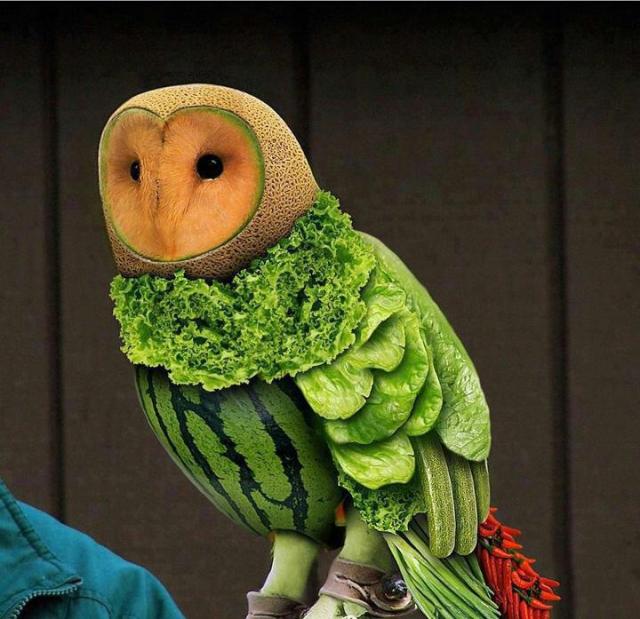
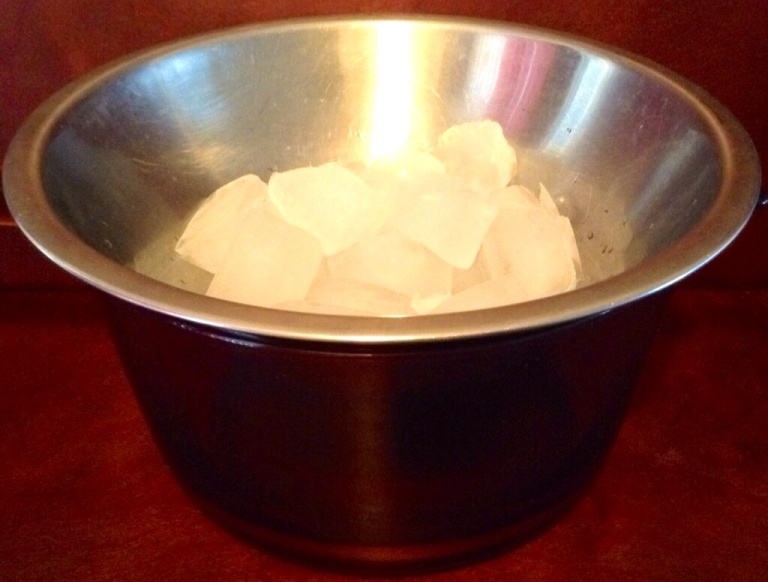


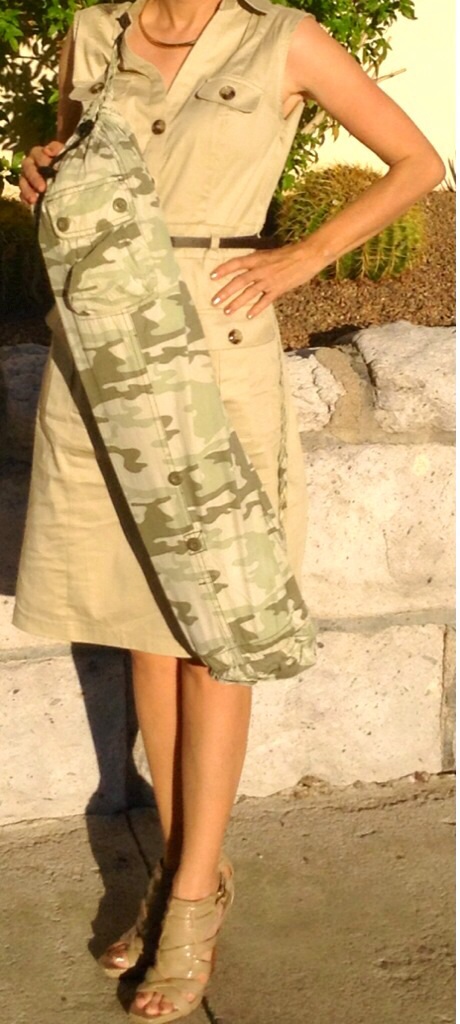



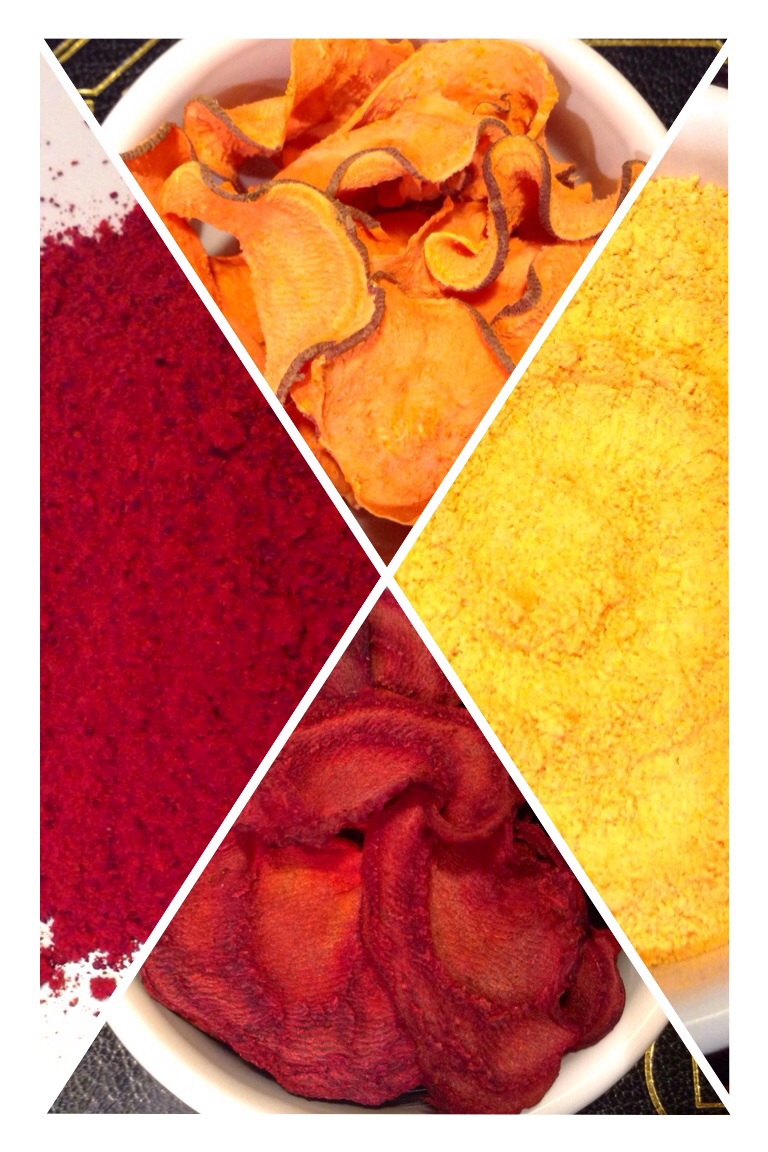



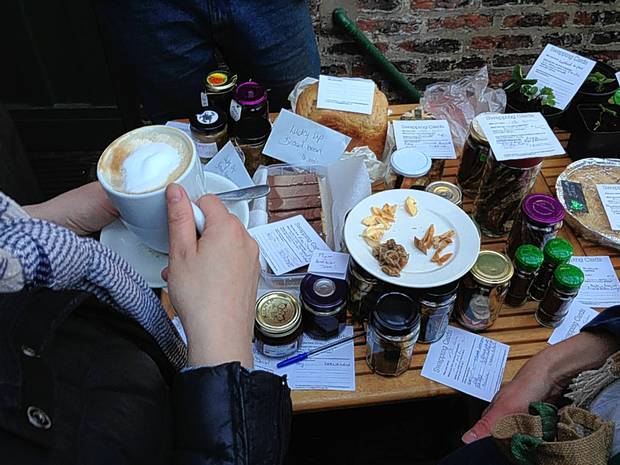



You must be logged in to post a comment.